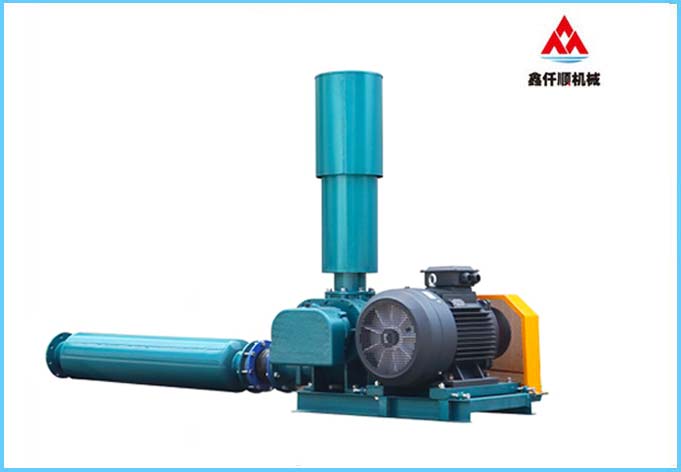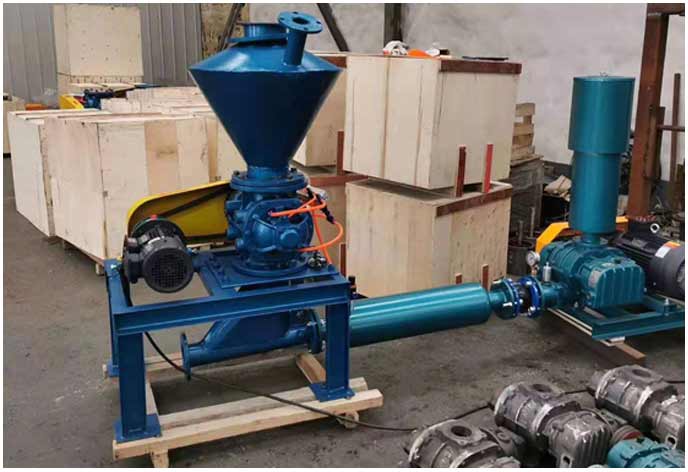What problems should be paid attention to before starting Roots blower?
Source: Roots blower manufacturer
Published on: February 17, 2022
Hits:

Related information
-
What are the reasons for the tripping of Roots blower frequency converter? -
How to determine the exhaust pressure and water depth of Roots blower? -
What are the requirements of Roots blower for motor? -
Influence of Roots blower and introduction to cooling and maintenance in winter -
What are the characteristics of the three blade roots blower of the melt blown cloth machine? -
How to control the air volume of roots blower and the steps and methods of replacing filter element? -
How should Roots blower be selected? -
Installation method and piping of Roots blower -
How to maintain Roots blower? -
How does Roots blower aerate? How should I choose?
Xinqianshun's latest products
Random articles
-
What oil is generally used for Roots blower_ Roots Blower -
Importance of inlet and outlet speed in selection of roots blower: -
How to choose Roots blower for aquaculture oxygenation? -
What should be paid attention to when removing the gear of Roots blower -
How to adjust the impeller clearance of Roots blower? -
Whether the outlet pressure of roots blower can be adjusted, and what is the pressure range of roots blower -
How to solve the problem of Roots blower locked and unable to move? -
What causes Roots blower tripping? -
What causes the pressure drop of Roots blower -
Do you know what the knowledge of high-pressure Roots blower is? Now let's introduce the detailed knowledge of Roots blower.
Latest news articles
-
How to repair the surface defects of Roots blower impeller? -
How to remove the bearing of Roots blower? -
What principles should be followed in the maintenance of three leaf roots blower? -
How to handle the wrong lubricating oil for Roots blower? -
Performance characteristics and maintenance of Roots blower for aquaculture -
How to select appropriate Roots blower aerator for aeration in aquaculture? -
What principles should be followed in the maintenance of three leaf roots blower? -
Notes on installation of safety valve of three blade roots blower -
What are the reasons for the tripping of Roots blower frequency converter? -
Introduction to the Main Causes of Abrasion of Three blade Roots Blower Impeller









